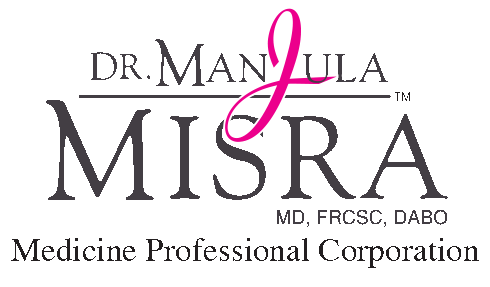Refractive Errors
To see clearly, light rays must be bent or refracted to focus on the retina, the light- sensitive nerve layer that lines the back of the eye.
The cornea and lens of the eye work together to bend or refract light rays and bring them together on the retina.
If a refractive error is present, the light is not focused directly on the retina, so images appear blurry.
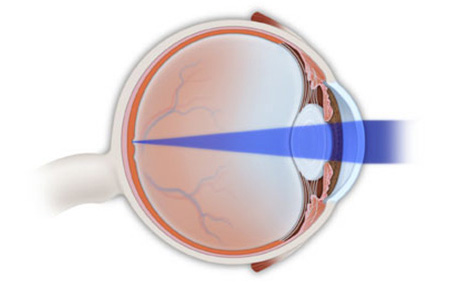
When light focuses perfectly on the retina, glasses or contact lenses are not needed for clear vision.
Myopia (Nearsightedness)
Distance vision is impaired when the eye is too long in relation to the curvature of the cornea.
This causes light to focus before it reaches the retina.
Close objects look clear but distant objects appear blurry.
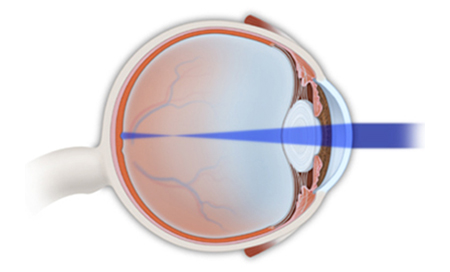
Myopia: The light rays come to a focus in front of the retina.
Hyperopia (Farsightedness)
Vision is impaired at all distances.
The eye is too short in relation to the curvature of the cornea.
This causes light rays to focus behind the retina.
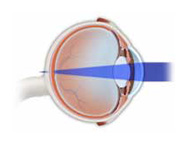
Hyperopia: The light rays focus behind the retina.
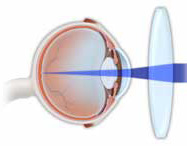
Corrected hyperopia.
Astigmatism
The cornea is shaped like a football instead of being round like a soccer ball.
The irregular curvature of the cornea causes light to focus on more than one point on the retina.
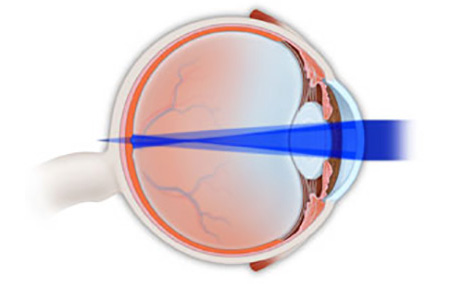
Lght focused on more than one point on the retina.
Presbyopia (Aging Eyes)
When young, the lens of the eye is soft and flexible, allowing people to see objects both close and far away. After the age of 40, the lens of the eye becomes more rigid, making it more difficult for the lens to change its shape, or accommodate, to do close work such as reading.
This condition is known as presbyopia and is the reason reading glasses or bifocals are necessary at some point after age forty.
